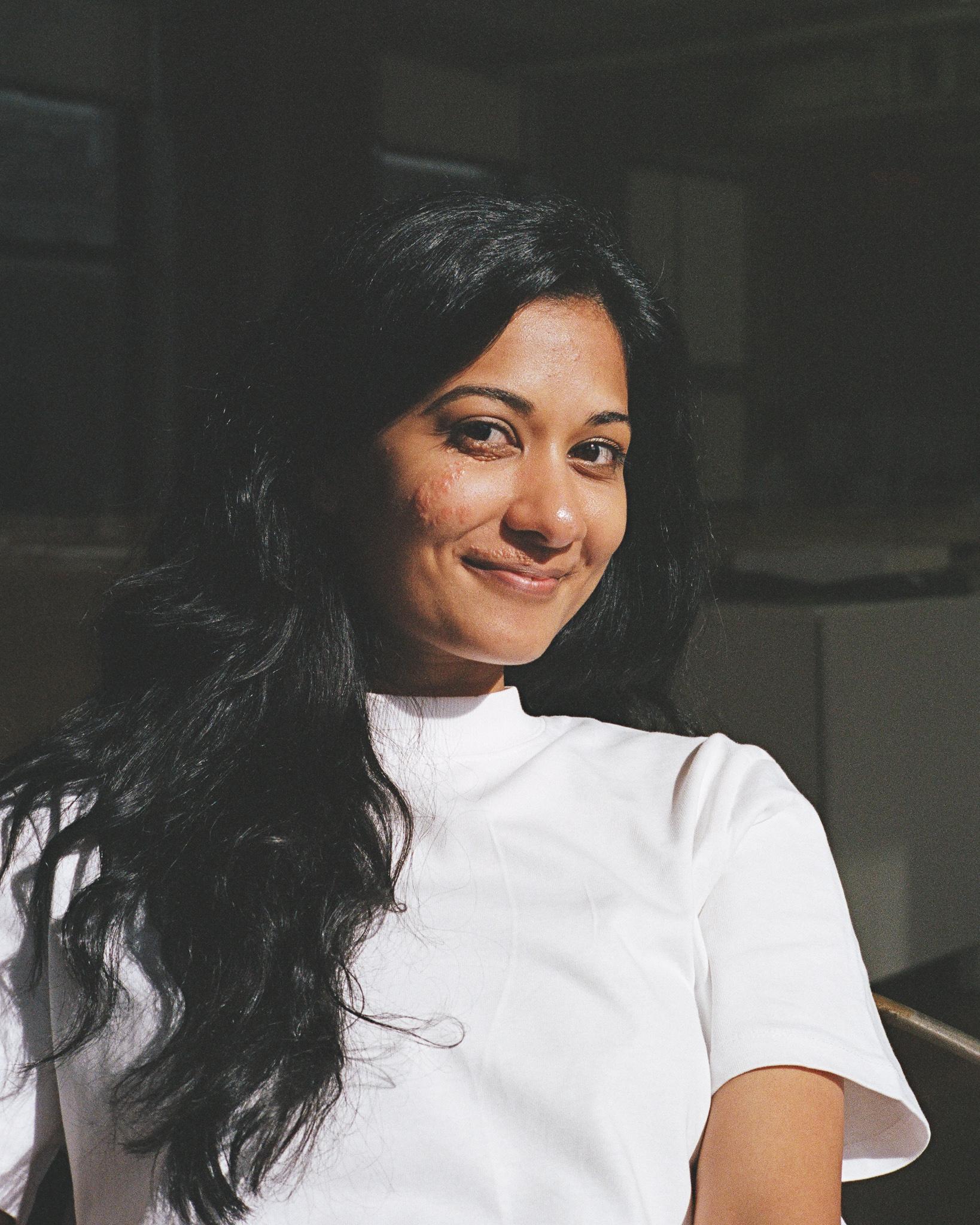Kinney Sheth on her path to Waybridge and insights from her career in design

Kinney Sheth is VP of Design at Waybridge, leading innovation in all portions of our product. Below is an interview with Diego Segura about her career and position at Waybridge.
DThank you for taking time from sprinting on our product to spend some time answering questions. Let's start from the top. Tell me about the genesis of your career in design.
KOf course.
After some self-discovery as a young adult, I was armed with a portfolio and a list of companies I wanted to work for in Chicago, where I'm from.
That list of companies contained, in my view, the best design teams in the city. I asked myself, “Who can I learn from? Who is doing the most interesting work? Who would I be proud to work for?” There were maybe 7 names on that list.
Along with that, I spent some time defining what specifically I wanted to learn and achieve. It's a practice I've continued to do throughout my career.
I applied to each of the design teams, and ended up at Wright Auction House. They specialize in 20th century art and design, which had me captivated. The team I worked with there was fantastic and that's where I truly learned about typography, grid systems, print design, all of that.
After some self-discovery as a young adult, I was armed with a portfolio and a list of companies I wanted to work for in Chicago, where I'm from.
That list of companies contained, in my view, the best design teams in the city. I asked myself, “Who can I learn from? Who is doing the most interesting work? Who would I be proud to work for?” There were maybe 7 names on that list.
Along with that, I spent some time defining what specifically I wanted to learn and achieve. It's a practice I've continued to do throughout my career.
I applied to each of the design teams, and ended up at Wright Auction House. They specialize in 20th century art and design, which had me captivated. The team I worked with there was fantastic and that's where I truly learned about typography, grid systems, print design, all of that.
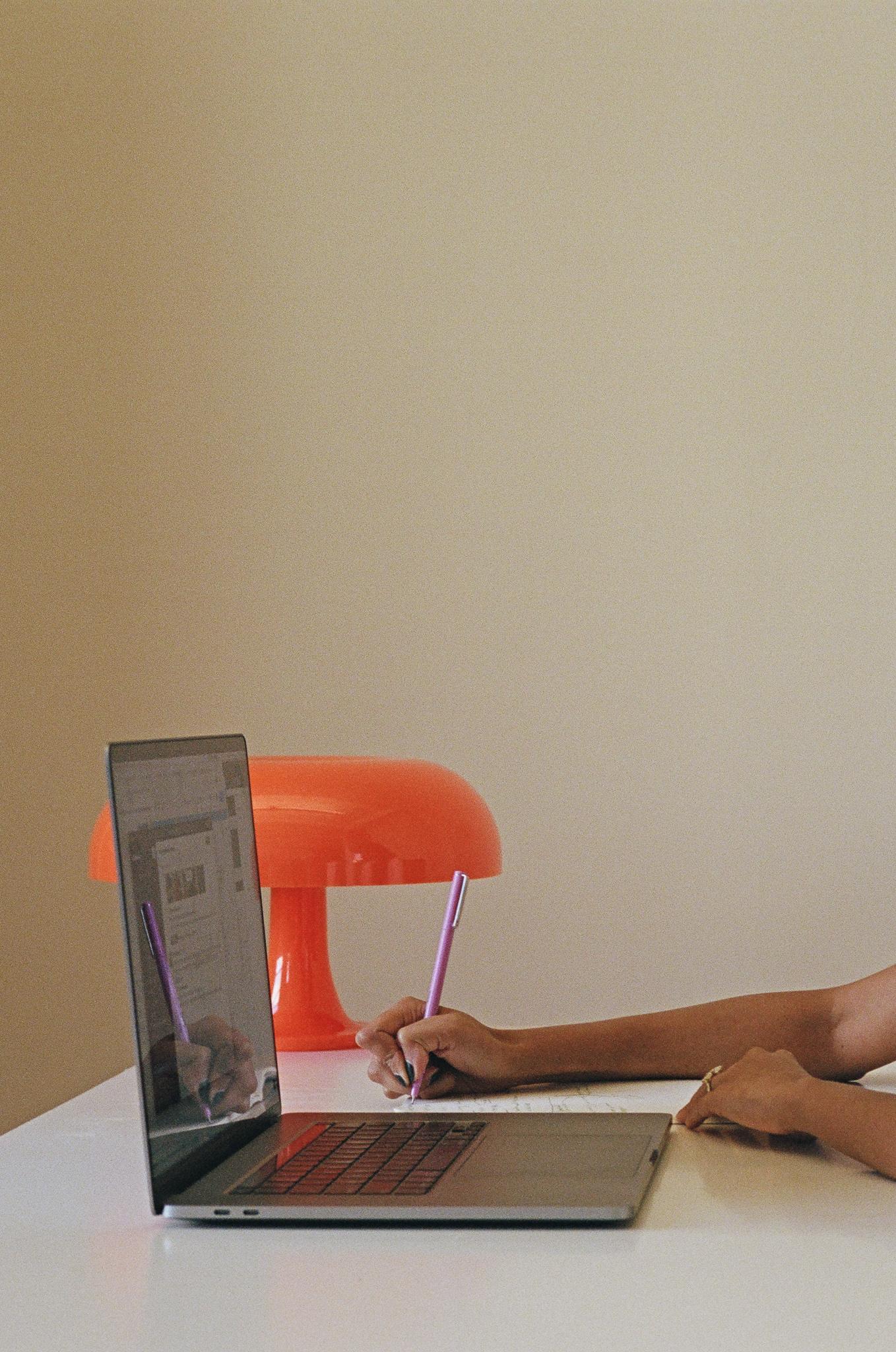
DThat sounds like an amazing experience. I'm sure you learned all sorts of tiny things, too, that you wouldn't think about from just going to school.
KYes. I had a very intense boss who micromanaged the way I used the design programs, and taught me every shortcut and trick in the book.
While it sounds like a crazy strategy, it was the most valuable experience for me at that point in my career. That manager would watch my every move and make me redo it to her standards. It trained my eye. I started to understand why it didn't look correct in the first place, and fixed my own mistakes.
While it sounds like a crazy strategy, it was the most valuable experience for me at that point in my career. That manager would watch my every move and make me redo it to her standards. It trained my eye. I started to understand why it didn't look correct in the first place, and fixed my own mistakes.
DSo, where'd you go from there?
KI made the decision so many designers do: to come to New York City.
I'll never forget the situation when I first moved here: I was a week into a freelance agency gig I'd landed, and I'm told: “We lost the business with the client. Everyone on your team has been fired, except for you, Kinney. You're our new digital designer.”
That's how I got started creating digital design systems. I went upstairs to a different team, and they gave me my first assignments.
More than graphic design, that team taught me how to think about experiences.
In fact, I remember now that our UX person broke her hand at one point. Our team consisted of a UI designer (me), a UX designer, a copywriter, and a product manager. When the UX designer broke her hand, I ended up doing both of our jobs, with her talking me through her thought processes.
I'll never forget the situation when I first moved here: I was a week into a freelance agency gig I'd landed, and I'm told: “We lost the business with the client. Everyone on your team has been fired, except for you, Kinney. You're our new digital designer.”
That's how I got started creating digital design systems. I went upstairs to a different team, and they gave me my first assignments.
More than graphic design, that team taught me how to think about experiences.
In fact, I remember now that our UX person broke her hand at one point. Our team consisted of a UI designer (me), a UX designer, a copywriter, and a product manager. When the UX designer broke her hand, I ended up doing both of our jobs, with her talking me through her thought processes.
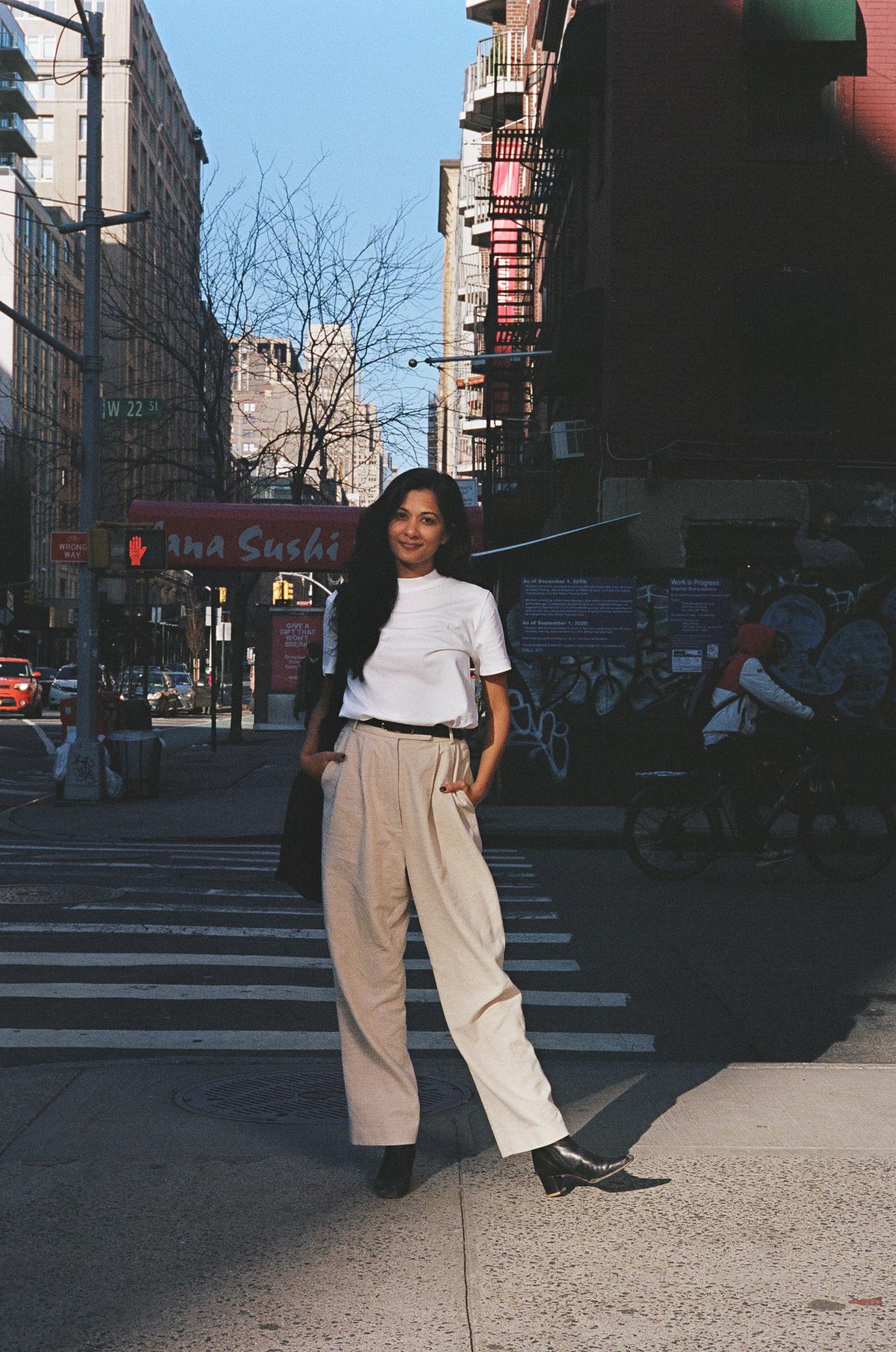
“They just told me, ‘You're our new digital designer.’ That's how I made the shift from traditional graphic design.”
DIt's like hand and brain chess, where two people play chess as a team — one person says which piece to move (the brain), the other person decides where to move that piece (the hand.)
KThat is exactly how I learned.
As time passed, many people from that team moved on into different roles, which provided me with a network of colleagues in new companies. I heard a lot of, “Hey, you should come join me at such-and-such agency.” That provided me with plenty of choice on who I wanted to work with, and on what projects.
My career at that point became project-focused — I knew it was the best way to learn fast. I worked on projects with AKQA, Elephant, Red Antler, SYPartners, Virtue (Vice), on projects for Verizon, Goldman Sachs, Ralph Lauren, Marc Jacobs, Henry Rose, Forty Five Ten — all amazing experiences.
As time passed, many people from that team moved on into different roles, which provided me with a network of colleagues in new companies. I heard a lot of, “Hey, you should come join me at such-and-such agency.” That provided me with plenty of choice on who I wanted to work with, and on what projects.
My career at that point became project-focused — I knew it was the best way to learn fast. I worked on projects with AKQA, Elephant, Red Antler, SYPartners, Virtue (Vice), on projects for Verizon, Goldman Sachs, Ralph Lauren, Marc Jacobs, Henry Rose, Forty Five Ten — all amazing experiences.
DAny projects that stuck out to you from that period of your career? Any lessons that stick out to you?
KOne in particular:
We were working on a project for Goldman Sachs, and it first the project was very rocky. Every check-in was turbulent, there were misunderstandings between the agency-side design team and the client, and it wasn't going well.
We decided to change the way we work with the client, and ended up working in an office directly across from the decision makers we were working with. Presentations became conversations. It built immense trust, made the work go faster, and made us feel better while we worked on it.
It's a project I'll never forget. It's why we design and build so closely with our clients here at Waybridge. We've got to be on the same wavelength as the people we design for.
We were working on a project for Goldman Sachs, and it first the project was very rocky. Every check-in was turbulent, there were misunderstandings between the agency-side design team and the client, and it wasn't going well.
We decided to change the way we work with the client, and ended up working in an office directly across from the decision makers we were working with. Presentations became conversations. It built immense trust, made the work go faster, and made us feel better while we worked on it.
It's a project I'll never forget. It's why we design and build so closely with our clients here at Waybridge. We've got to be on the same wavelength as the people we design for.
DThat's smart. And it's counterintuitive to how so many designers prefer to work.
KI think it's because we're scared of the judgement. No doubt: it is difficult to design for hours and hours on end only to show it to a client who tears it down in just a few minutes. But I'd much rather be in close dialogue with my client (or in the case of Waybridge, the person using our technology) and learn fast. At this point in my career, feedback is not something I take personally. It's data collection. And it's my job to do something productive with that data.
DLet's fast-forward a bit. How'd you end up here at Waybridge?
KI was at a crossroads in my career, after working on a startup briefly and in another tech company, and decided to define the qualities I wanted in my dream job. It needed to be in an exciting, novel (to me) industry. I needed to work with founders with deep experience in that industry. It needed to be a promising company, one that I believed in. I wanted to feel a strong sense of ownership.
It was a long, detailed list. Waybridge was the only company that fit the bill. It was the only job I applied to.
It was a long, detailed list. Waybridge was the only company that fit the bill. It was the only job I applied to.
“At this point in my career, feedback is not something I take personally. It's data collection.
And it's my job to do something productive with that data.”
And it's my job to do something productive with that data.”
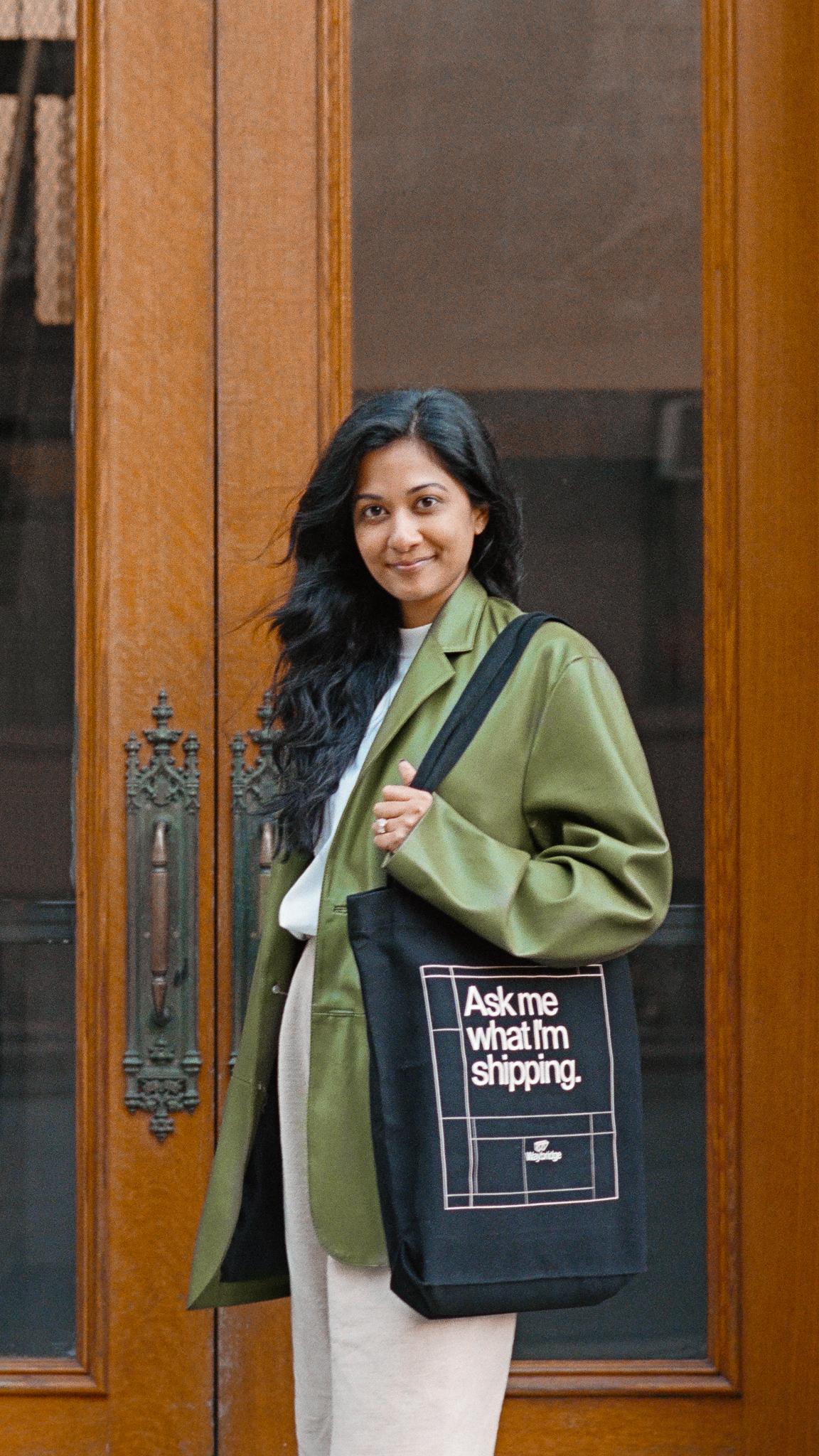
DYou and me both. I've heard that you had a bit of an impromptu interview with Waybridge before you joined. What's that story?
KYou must be referring to my interview with Andrea. We were on a Zoom call to talk about the role, and she asks me where I'm at in the city. I told her I was on 22nd Street, where I lived at the time. Andrea said, excitedly, “I'm in the office — on 22nd Street!”
We figured out that we were taking a Zoom call from no more than 100 yards away from each other in physical space, so I ended up coming to the office, meeting Scott and Andrea in-person, and continuing my interview. I loved that day. I knew the culture was right for me.
Everyone here is sharp. At the time of that interview, I could tell there was an intuitive empathy for UX, but Waybridge needed some help translating that into better designs. The team knew where the improvements needed to be made. Most importantly, there was an openness to do what it took to make the product right.
It was such a special round of interviews because of how open the conversations were. Andrea and Scott were thinking about me as a designer and a job-seeker: “Do you want me to show you the platform? Do you want me to tell you about our users?”
They showed me where the cards fell, and that helped me see where I could make a big impact.
We figured out that we were taking a Zoom call from no more than 100 yards away from each other in physical space, so I ended up coming to the office, meeting Scott and Andrea in-person, and continuing my interview. I loved that day. I knew the culture was right for me.
Everyone here is sharp. At the time of that interview, I could tell there was an intuitive empathy for UX, but Waybridge needed some help translating that into better designs. The team knew where the improvements needed to be made. Most importantly, there was an openness to do what it took to make the product right.
It was such a special round of interviews because of how open the conversations were. Andrea and Scott were thinking about me as a designer and a job-seeker: “Do you want me to show you the platform? Do you want me to tell you about our users?”
They showed me where the cards fell, and that helped me see where I could make a big impact.
DI love that. When you started at Waybridge, there was already a functioning version of the product. It was an early iteration, but it existed already. How did that impact you and your team's approach to design?
KWorking from a “first draft” is a great thing. Though there were issues at first, all the feedback we were collecting was key in shaping our future direction. We didn't have to start from scratch. We had so many data points, sketches, and real-life examples to work from.
It reminds me of Cunningham's Law, as said by Ward Cunningham, the inventor of modern wikis: “the best way to get the right answer on the internet is not to ask a question; it's to post the wrong answer.”
We had some wrong answers already on the table, and many right answers, too. It's much easier to have a bunch of thoughts on the table and then edit from there. We had all the pieces. We just needed to start putting them together. Bridging the gaps, if you will.
I made sure to establish that feedback, in all directions, was not to be taken personal. We shaped an attitude internally: Engineers, product, and design acknowledged that there were issues with the product, and that everything was on the table to evolve. That's how good products become great products. Nothing is precious. Everything is eligible to be improved.
It reminds me of Cunningham's Law, as said by Ward Cunningham, the inventor of modern wikis: “the best way to get the right answer on the internet is not to ask a question; it's to post the wrong answer.”
We had some wrong answers already on the table, and many right answers, too. It's much easier to have a bunch of thoughts on the table and then edit from there. We had all the pieces. We just needed to start putting them together. Bridging the gaps, if you will.
I made sure to establish that feedback, in all directions, was not to be taken personal. We shaped an attitude internally: Engineers, product, and design acknowledged that there were issues with the product, and that everything was on the table to evolve. That's how good products become great products. Nothing is precious. Everything is eligible to be improved.
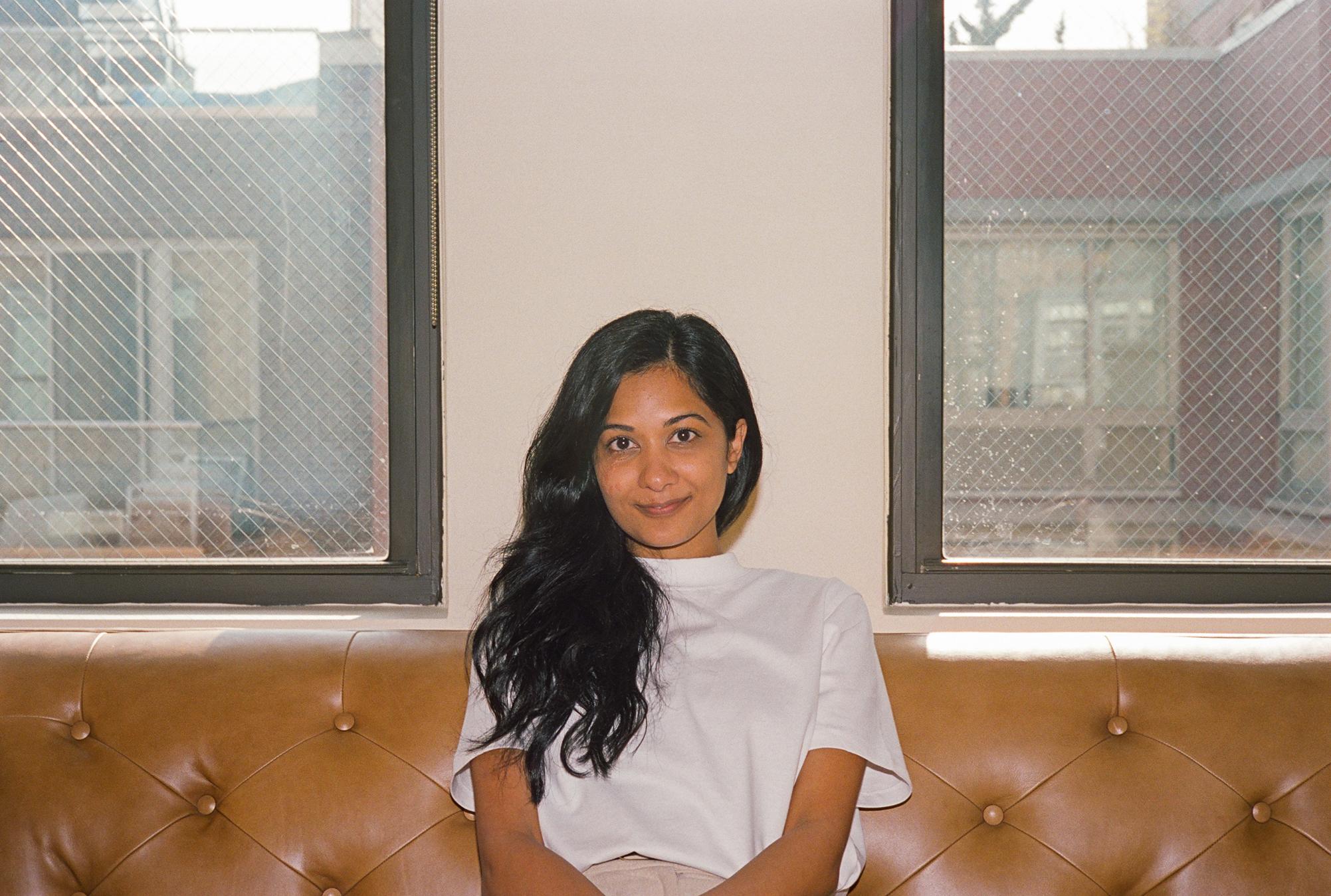
DTell me about the current state of the team. What's it like working with the product leaders — Laura, Auloke, Max, Kyle — and how does Waybridge build on a daily basis?
KSince we're in such a unique industry — raw materials and commodities — there's a massive barrier to entry for designers, engineers, and product managers. You need to know about the industry itself, and you need to know how to build a state-of-the-art tech product.
At the same time, if you have industry expertise, it might be difficult to take off that lens and see new approaches. And if you come from a tech background, you might be in the deep end in many conversations.
So, we've done something interesting with our hiring: We hire people with domain expertise who maybe don't have as much product experience, and then we hire experienced product and design people who don't have enough domain expertise.
We're all learning from each other. Constantly.
Being a domain expert in commodities is not more difficult than being a domain expert in product management or design. Both are challenging. But there are no people on the job market who have built what Waybridge is building before. It's never been done. This is our way of creating a new, special blend of product manager and designer.
It also builds a healthy approach between roles. We don't describe solutions in terms of absolutes. You can't have full confidence in any one answer — at least not at this point. We ask each other loads of questions. We test constantly with our users. Everything is in flux.
At the same time, if you have industry expertise, it might be difficult to take off that lens and see new approaches. And if you come from a tech background, you might be in the deep end in many conversations.
So, we've done something interesting with our hiring: We hire people with domain expertise who maybe don't have as much product experience, and then we hire experienced product and design people who don't have enough domain expertise.
We're all learning from each other. Constantly.
Being a domain expert in commodities is not more difficult than being a domain expert in product management or design. Both are challenging. But there are no people on the job market who have built what Waybridge is building before. It's never been done. This is our way of creating a new, special blend of product manager and designer.
It also builds a healthy approach between roles. We don't describe solutions in terms of absolutes. You can't have full confidence in any one answer — at least not at this point. We ask each other loads of questions. We test constantly with our users. Everything is in flux.
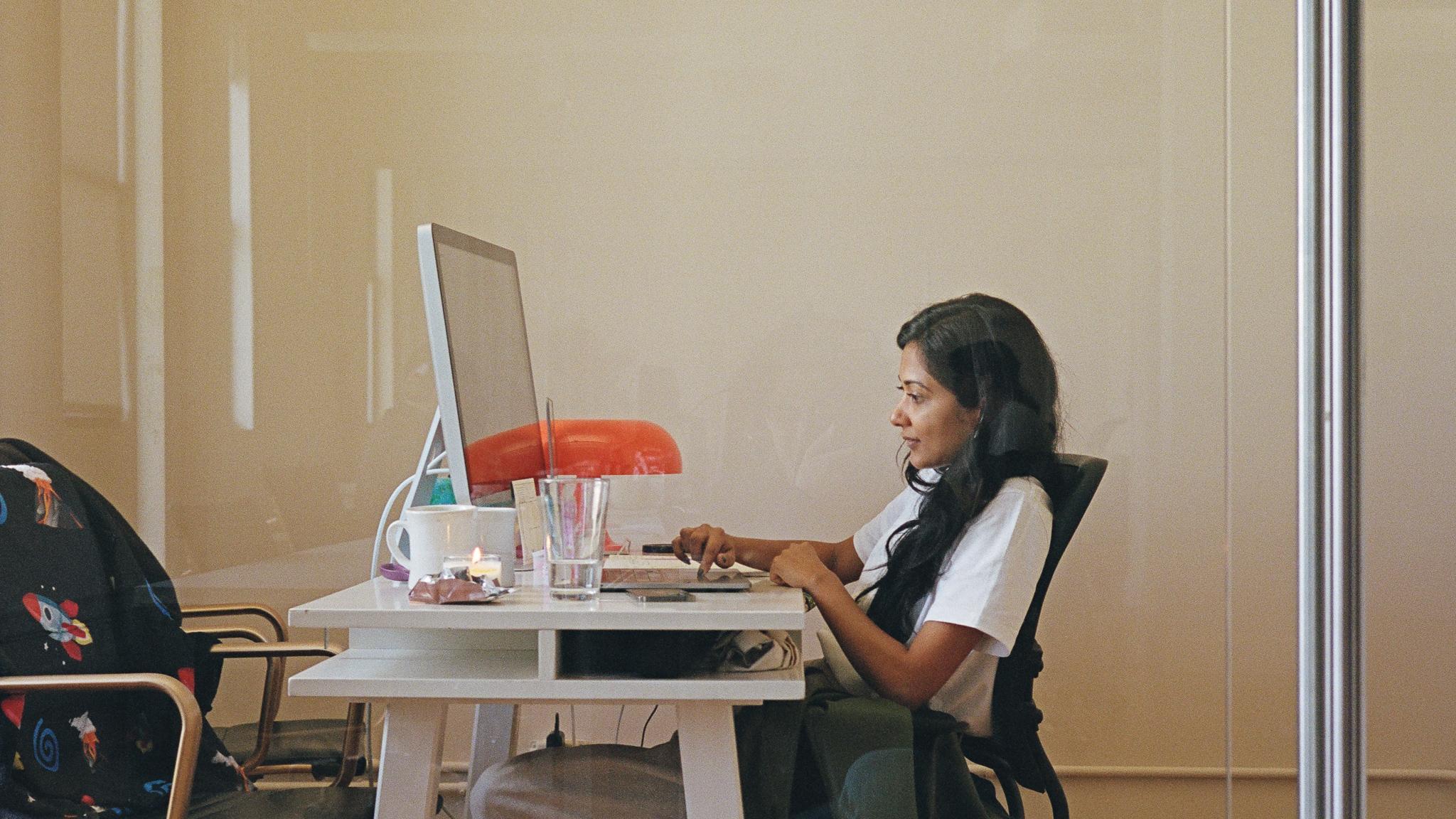
DTell me about our interactions with our clients. Do our teams maintain a dialogue with customers?
KYes — all the time.
Our design team is always showing a new feature, mockup, or prototype to users. We learn about the scenarios our users are having trouble with, and then walk them through solutions for those problems.
There's an interesting challenge there, too: Waybridge, as a technology, serves many different roles.
There are people who interface with Waybridge at an executive level, and people who use it for data entry and record keeping. People who sit in a very different seat at a client both have to log in to Waybridge every day. We're constantly reminding ourselves of these subtle differences in personalities and attitudes toward software. It pushes us to design much more inclusively.
Our design team is always showing a new feature, mockup, or prototype to users. We learn about the scenarios our users are having trouble with, and then walk them through solutions for those problems.
There's an interesting challenge there, too: Waybridge, as a technology, serves many different roles.
There are people who interface with Waybridge at an executive level, and people who use it for data entry and record keeping. People who sit in a very different seat at a client both have to log in to Waybridge every day. We're constantly reminding ourselves of these subtle differences in personalities and attitudes toward software. It pushes us to design much more inclusively.
DThank you for spending so much time speaking about design and walking me through your career. I only have one more question — what's the future look like? Any goals of yours that we should record for history's sake?
KWell, there's plenty of work to be done on our product that I can't quite mention in a public interview, but there is a high-level goal of mine that I love to share.
I've always held this strong belief that design, at its core, is a way of thinking. It's not about typefaces and colors and button components in Figma. It's a skillset that can change any organization: from product to finance to sales.
As a company, the main reason we hire designers is to build our product. But with designers comes a culture: one where we humble ourselves to the possibility that we're wrong. Where we approach everything as an assumption to be questioned — and hopefully, improved upon. We should intentionally design the way we lead and mentor the young people in our company. We should design conversations around trust, safety, and inclusiveness in our company.
If design has taught me anything, it's that everything can be made better.
I hope to infuse that into the culture of Waybridge at every turn.
I've always held this strong belief that design, at its core, is a way of thinking. It's not about typefaces and colors and button components in Figma. It's a skillset that can change any organization: from product to finance to sales.
As a company, the main reason we hire designers is to build our product. But with designers comes a culture: one where we humble ourselves to the possibility that we're wrong. Where we approach everything as an assumption to be questioned — and hopefully, improved upon. We should intentionally design the way we lead and mentor the young people in our company. We should design conversations around trust, safety, and inclusiveness in our company.
If design has taught me anything, it's that everything can be made better.
I hope to infuse that into the culture of Waybridge at every turn.
DThank you again, Kinney.
KThank you.
